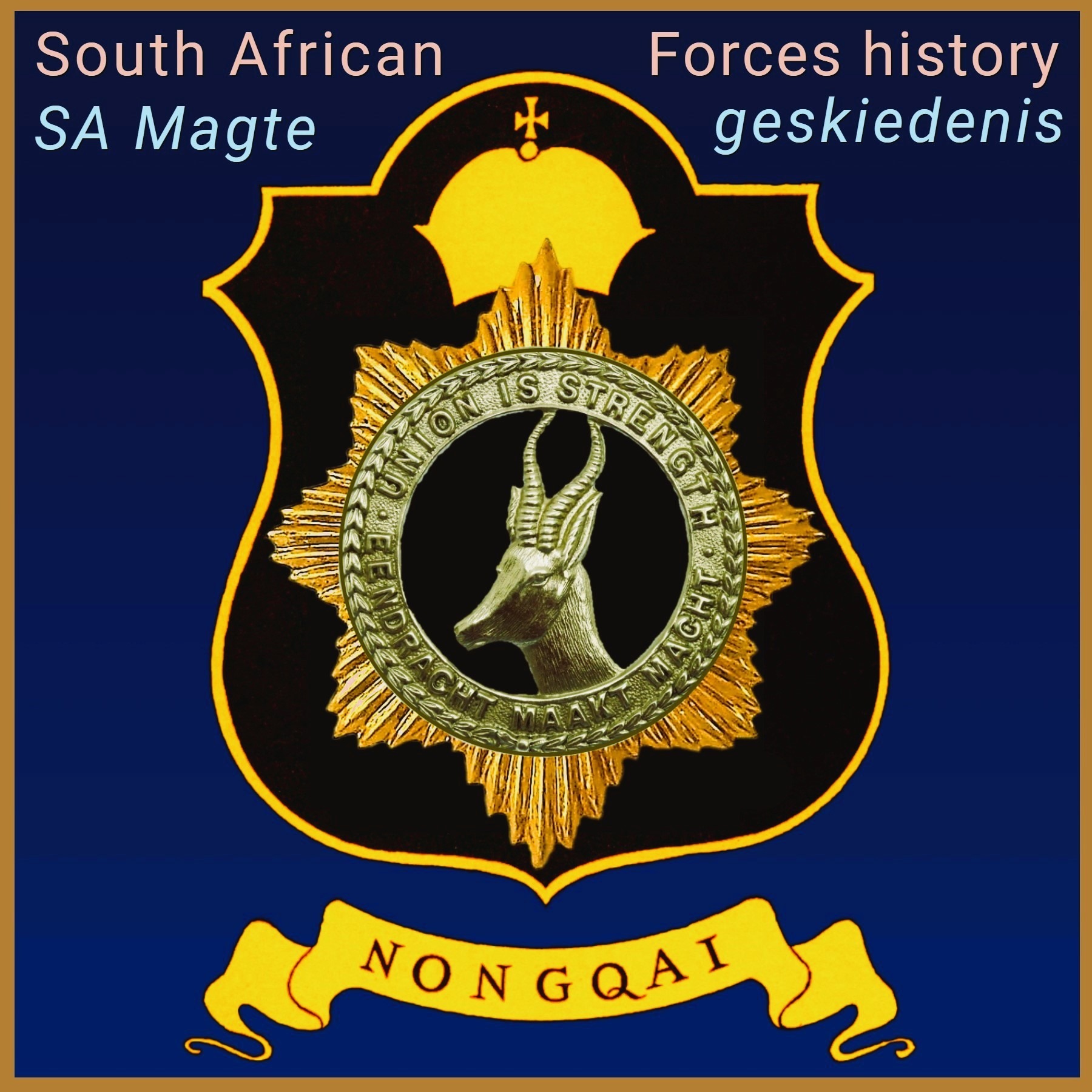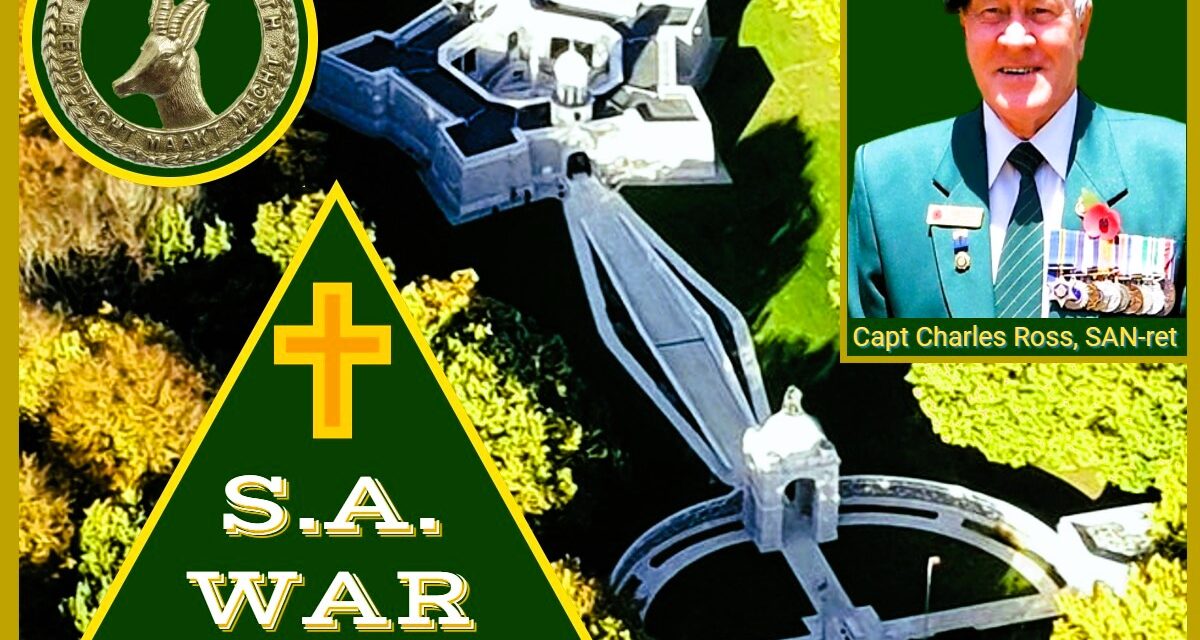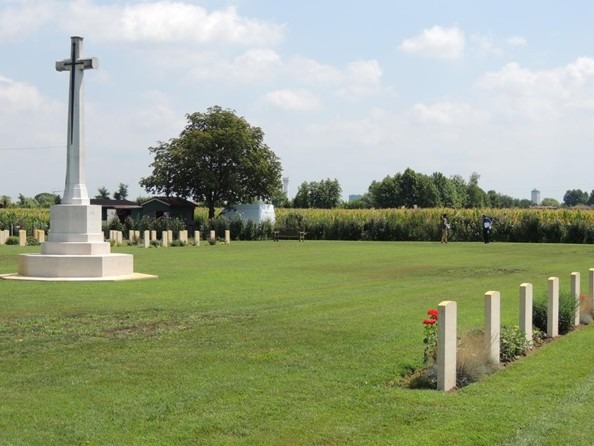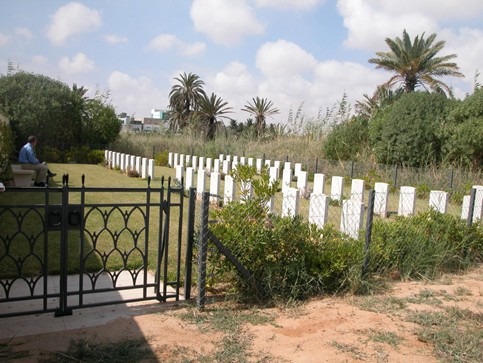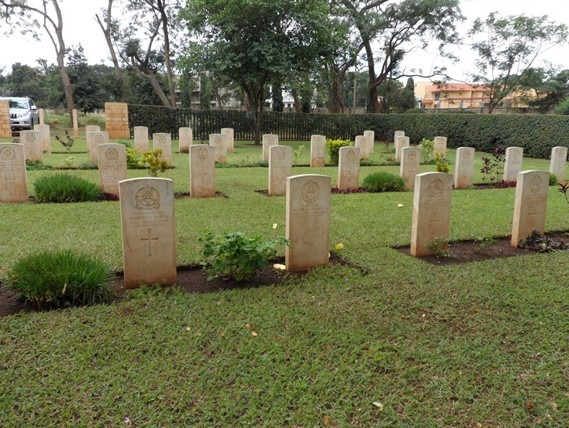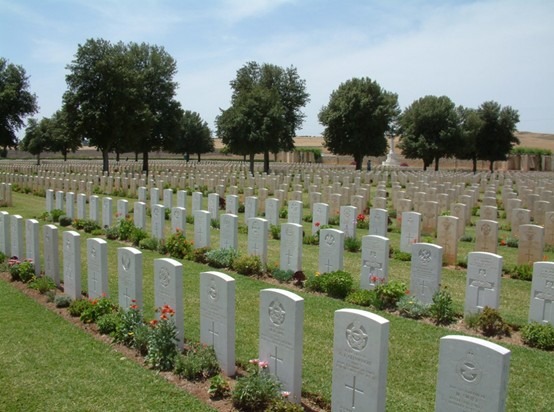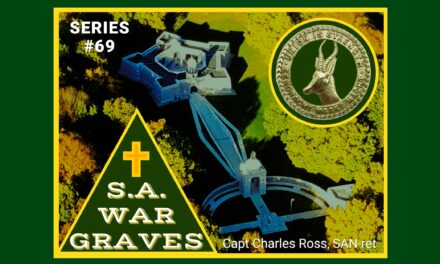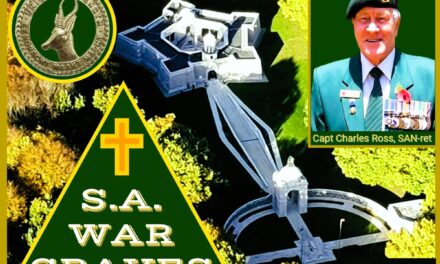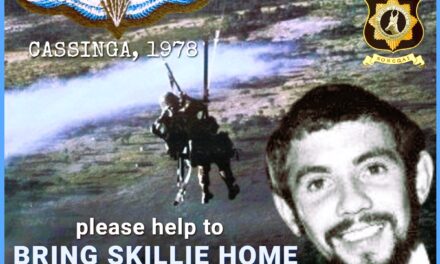SOUTH AFRICAN WAR GRAVES ACROSS THE WORLD
Abstract: South Africans took part in almost every war theatre during the First and Second World Wars. Their graves are in those regions. A new memorial to commemorate these who are not currently commemorated is being constructed in the Gardens in Cape Town
Introduction
South Africans took part in almost every war theatre during the First and Second World Wars. According to the Commonwealth War Graves Commission Casualty Data Base 7 290 (includes 607 unknown) First World War casualties and 9 986 (includes 84 unknown) Second World War casualties are buried in 1 207 cemeteries while 2 959 First World War and 2 005 Second World War casualties are commemorated on 48 memorials. This does not include the more than 2 700 South Africans who until recently were not commemorated by the Commonwealth War Graves Commission. A new memorial to commemorate these South Africans is being constructed in the Gardens in Cape Town and should be completed in 2024.
PADUA WAR CEMETERY – ITALY
On 3 September 1943 the Allies invaded the Italian mainland, the invasion coinciding with an armistice made with the Italians who then re-entered the war on the Allied side.
The Allied advance was stalled for two successive winters: in 1943 on the German defensive position known as the Gustav Line, stretching from the river Gargliano in the west to the Sangro in the east, and in 1944 on the Gothic Line in the northern Appenine mountains. At the beginning of April 1945, the Allies launched their final offensive against the German positions spread out in a line across Italy, south of Bologna. German resistance was by now beginning to disintegrate and the Allies were able to fan out rapidly across the Po valley.
Padua War Cemetery lies in the zone of the Allied breakthrough in the spring of 1945 when, despite some resistance, the town was captured by Indian troops.
The cemetery contains 517 Commonwealth burials of the Second World War, 32 of them unidentified. There are also four war graves of other nationalities and one non-war burial.
72 South African casualties from World War Two are buried in this cemetery.
Padua War Cemetery - Italy
ALDERSHOT MILITARY CEMETERY – UNITED KINGDOM
During both wars, numerous regimental and corps depots were based in and around Aldershot. At the outbreak of The First World War, it was the headquarters of the Aldershot Command and of the 1st and 2nd Divisions, and the Depot of the Royal Army Medical Corps. The North and South Camps, divided by the Basingstoke Canal, remained in full activity throughout the War. During the Second World War, some 400,000 Canadian servicemen were trained there.
Aldershot Military Cemetery is a permanent military cemetery, the property of the Ministry of Defence. The Commission is responsible for the care of graves of both world wars within the cemetery.
There are 692 First World War graves in the cemetery, the earliest bears the date 5th August 1914, and the latest 11th August 1921. Many of these graves are in plot AF. The 129 Second World War graves are in groups in various plots, the largest group in plot A containing 86 graves.
7 South African casualties from World War One are buried in this cemetery.
Aldershot Military Cemetery – United Kingdom
SFAX WAR CEMETERY – TUNISIA
In May 1943, the war in North Africa came to an end in Tunisia with the defeat of the Axis powers by a combined Allied force.
In the south, the Axis forces defeated in Egypt at El Alamein withdrew into Tunisia along the coast through Libya, pursued by the Allied Eighth Army.
Most of those buried in Sfax War Cemetery died in attacks on successive Axis positions at Medenine, the Marith Line and Wadi Akarit, in March and April 1943.
The cemetery contains 1,253 Commonwealth burials of the Second World War, 52 of them unidentified.
The single First World War grave in Sfax War Cemetery was brought in from Bizerta Sidi Saleru Muslim Cemetery in March 1983.
There is also 1 Greek soldier of the 1939-45 war buried here.
27 South African casualties from World War Two are buried in this cemetery.
SFAX War Cemetery - Tunisia
MOSHI CEMETERY – TANZANIA
At the outbreak of the First World War Tanzania was the core of German East Africa. From the invasion of April 1915, Commonwealth forces fought a protracted and difficult campaign against a relatively small but highly skilled German force under the command of General von Lettow-Vorbeck. When the Germans finally surrendered on 23 November 1918, twelve days after the European armistice, their numbers had been reduced to 155 European and 1,168 African troops.
Moshi was unsuccessfully attacked by British troops at the beginning of September 1914, but on 13 March 1916, South African cavalry seized New Moshi and occupied Old Moshi on the 15th. For some weeks afterwards, Old Moshi became GHQ, and a centre for medical units, but the majority of the First World War burials in Moshi Cemetery were brought in after the Armistice from burial grounds* close to the Tanga (Northern) and Voi Railways. During the Second World War, Moshi was the headquarters of Southern Area with, a Major-General’s Command and a concentration centre for troops destined for India and Burma.
Moshi Cemetery contains 90 Commonwealth burials of the First World War and a further 84 (two of them unidentified) from the Second World War. The cemetery also contains four non-war burials and two German war graves. * They included the cemeteries at EUPHORBIEN HILL (10 burials of the 12th South African Inf., March 1916), HIMO (12 burials of March-June 1916), SOKO NASSAI (19 South African Inf. and two of the 25th Royal Fusiliers, 21 March 1916) and STORE CAMP (11 burials, 21 and 22 March 1916).
65 South African casualties from World War One and One casualty from World War Two are buried in this cemetery.
Moshi Cemetery - Tanzania
MEDJEZ-EL-BAB WAR CEMETERY – TUNISIA
In May 1943, the war in North Africa came to an end in Tunisia with the defeat of the Axis powers by a combined Allied force.
The campaign began on 8 November 1942, when Commonwealth and American troops made a series of landings in Algeria and Morocco. The Germans responded immediately by sending a force from Sicily to northern Tunisia, which checked the Allied advance east in early December. In the south, the Axis forces defeated at El Alamein withdrew into Tunisia along the coast through Libya, pursued by the Allied Eighth Army. By mid April 1943, the combined Axis force was hemmed into a small corner of north-eastern Tunisia and the Allies were grouped for their final offensive.
Medjez-el-Bab was at the limit of the Allied advance in December 1942 and remained on the front line until the decisive Allied advances of April and May 1943.
There are 2,903 Commonwealth servicemen of the Second World War buried or commemorated in MEDJEZ-EL-BAB WAR CEMETERY. 385 of the burials are unidentified. Special memorials commemorate three soldiers buried in Tunis (Borgel) Cemetery and one in Youks-les-Bains Cemetery, whose graves are now lost.
Within the cemetery stands the MEDJEZ-EL-BAB MEMORIAL, bearing the names of almost 2,000 men of the First Army who died during the operations in Algeria and Tunisia between 8 November 1942 and 19 February 1943, and those of the First and Eighth Armies who died in operations in the same areas between 20 February 1943 and 13 May 1943, and who have no known graves.
The five First World War burials in Medjez-el-Bab War Cemetery were brought in from Tunis (Belvedere) Cemetery or in Carthage (Basilica Karita) Cemetery in 1950.
The CEMETERY and MEMORIAL were designed by Sir J. Hubert Worthington.
16 South African casualties from World War Two are buried in this cemetery.
Medjez-El-Bab War Cemetery - Tunisia
